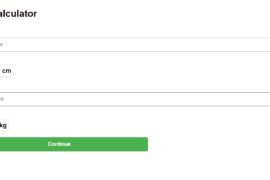- 500 Internal Server Error: This is a general error message that can occur for a variety of reasons. To fix it, you can try increasing the PHP memory limit, deactivating plugins, and checking for a .htaccess file issue.
- 404 Page Not Found Error: This error occurs when a user tries to access a page that does not exist. To fix it, you can check for broken links, ensure your permalinks are set correctly, and update your .htaccess file.
- 403 Forbidden Error: This error occurs when a user does not have the necessary permissions to access a page. To fix it, you can check file and folder permissions, ensure your .htaccess file is set up correctly, and deactivate any security plugins.
- 503 Service Unavailable Error: This error occurs when the server is unable to handle the traffic or when a website is undergoing maintenance. To fix it, you can check if your site is in maintenance mode, check for plugin conflicts, or increase your hosting plan’s resources.
- White Screen of Death: This error occurs when there is a fatal error and the website is unable to load. To fix it, you can check for a plugin conflict, increase the PHP memory limit, and check your error logs.
- Connection Timed Out Error: This error occurs when the server takes too long to respond to a request. To fix it, you can increase the PHP execution time limit, check your hosting provider’s server status, and deactivate any resource-intensive plugins.
- Syntax Error: This error occurs when there is a mistake in the code. To fix it, you can check for coding errors, check for plugin conflicts, and update to the latest version of WordPress.
These are some common errors that can occur on a WordPress website, but there can be many other causes and solutions depending on the specific case.
